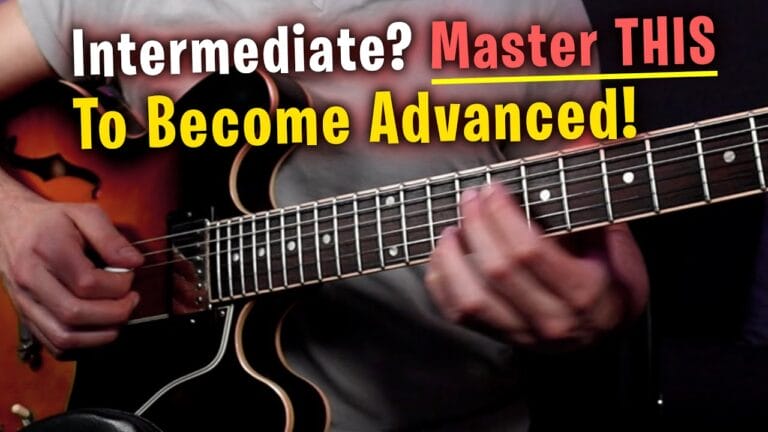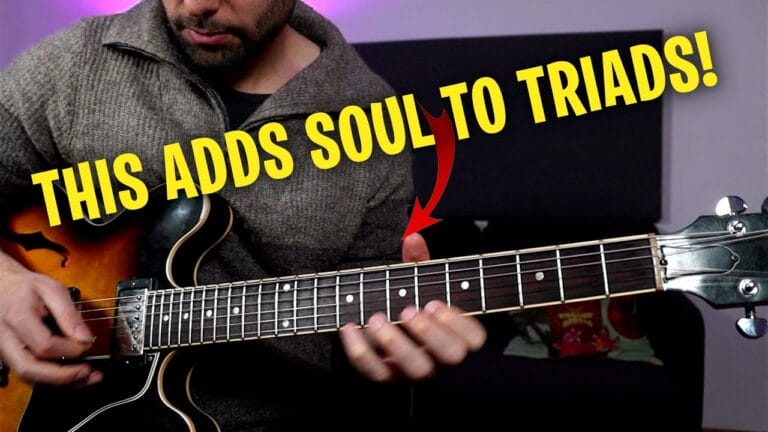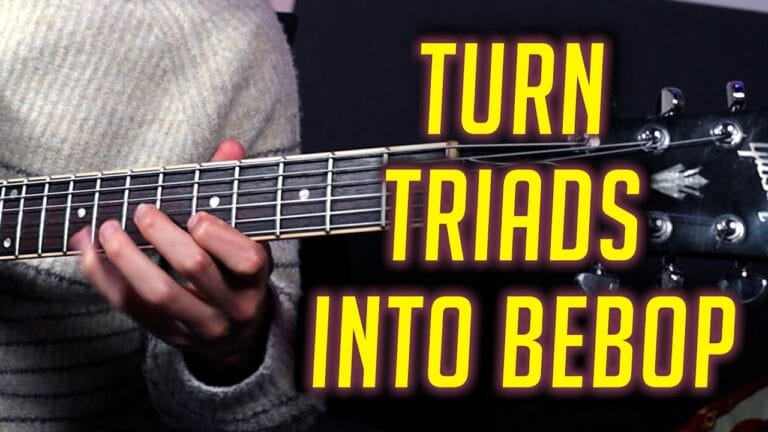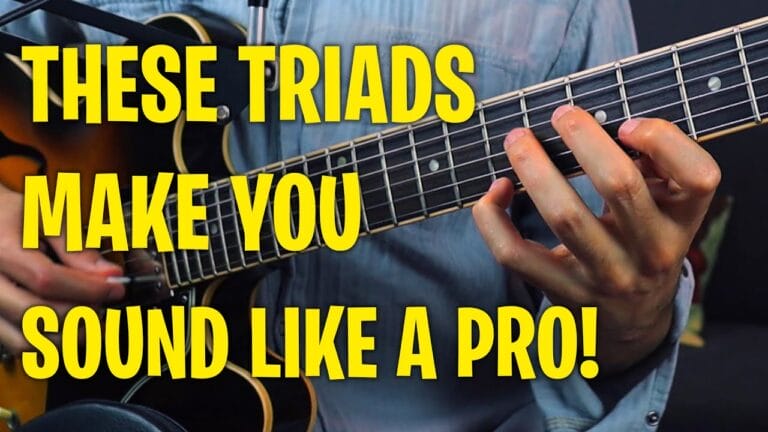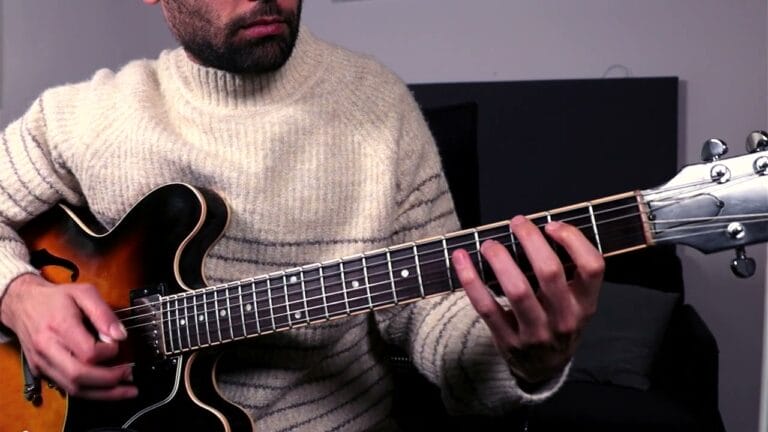Turn Bach To Bebop Jazz Guitar Lines
Introduction
The journey of a musician is one filled with continuous exploration and discovery.
As I delve into practicing partitas and sonatas for the violin, I find myself creating a fascinating concept that has added depth and richness to my musical endeavors. This concept involves transcending major scale lines into melodic minor lines, an exploration that opens up new dimensions and musical possibilities. In this video, I will share my insights on how to transform Bach’s diatonic ideas within this context, emphasizing the intricate process of transitioning from major to melodic minor and the creative avenues it unveils.
The Journey Begins: From Diatonic to Altered
To embark on this journey, it’s crucial to have a solid understanding of the major and melodic minor scales. The major scale, with its bright and uplifting character, serves as the foundation for many classical compositions, including those of Johann Sebastian Bach. On the other hand, the melodic minor scale introduces subtle alterations, particularly in the ascending form, by simply lowering the 3rd degree of the major by a half step, you are establishing the melodic minor scale. This simple modification results in a unique blend of tension and resolution, adding a touch of sophistication to the melodic landscape.




Bridging the Gap: Classical Music Meets Modern Jazz
The transition from major to melodic minor involves reimagining familiar major scale lines in a way that infuses them with the characteristic nuances of the melodic minor scale. In the context of practicing Bach’s compositions, this transformation can be particularly rewarding, as it allows for a fresh interpretation of his diatonic ideas.
One effective approach is to identify key phrases or motifs within the major scale lines of a piece and experiment with altering specific notes to align with the melodic minor scale. This process demands a keen ear and a deep understanding of the harmonic context, as the goal is not to simply replace major scale notes with their melodic minor counterparts but to integrate them seamlessly into the existing musical fabric.
Your Ticket to Jazz Guitar Innovation
The beauty of this concept lies in its versatility and the endless possibilities it offers for creative expression. Once you have a solid grasp of transcending major scale lines into melodic minor lines, the next step is to experiment with various stylistic elements, such as rhythm,groove, articulation, and phrasing.
Consider incorporating elements of jazz or fusion into your interpretation. Experiment with sliding between notes, adding tasteful vibrato, or introducing subtle bends to infuse the lines with a sense of improvisation. Bach, despite belonging to the Baroque era, was a master of innovation and expression. Embracing this spirit of creativity allows us to bridge the gap between historical authenticity and contemporary reinterpretation.
Crafting Your Own Jazz Odyssey
Beyond the video demonstration, experiment with these concepts in your own playing. Integrate altered phrases into classical pieces or use them as a foundation for new compositions. Share your experiences in the comments section to contribute to our growing community of guitar enthusiasts.
Expanding the Concept to Other Keys and Modes:
As you become more comfortable with this transformative approach, consider applying it to other keys and modes. The beauty of Bach’s compositions lies in their universality and adaptability, making them ideal canvases for artistic exploration. Whether you choose to explore different major keys or delve into the intricacies of modes such as Lydian or Altered, the process of transcending diatonic ideas remains a valuable tool for expanding your musical palette.
Conclusion:
In the realm of music, the journey of exploration is a perpetual one. The concept of transcending major scale lines into melodic minor lines, particularly within the context of practicing Bach’s diatonic ideas, opens doors to a world of creative possibilities. As we bridge the gap between classical tradition and contemporary innovation, we not only pay homage to the timeless beauty of Bach’s compositions but also contribute to the ever-evolving landscape of musical expression. Through dedicated practice, experimentation, and a passion for discovery, musicians can elevate their interpretations to new heights, breathing fresh life into centuries-old masterpieces. So, let the transformative journey begin, as we weave the intricate tapestry of major and melodic minor scales in the timeless melodies of Bach.









